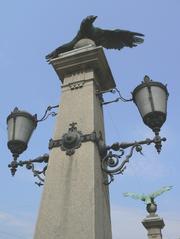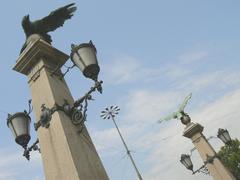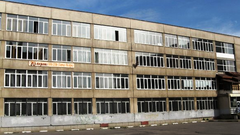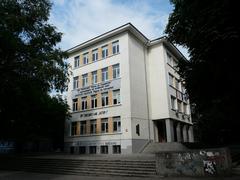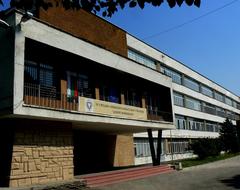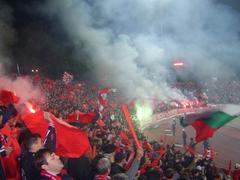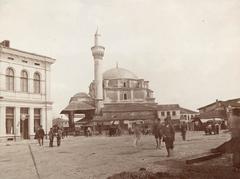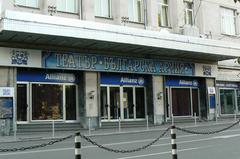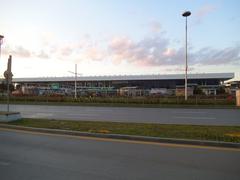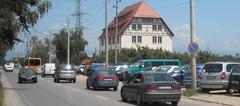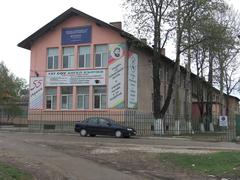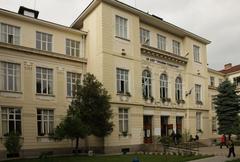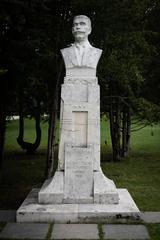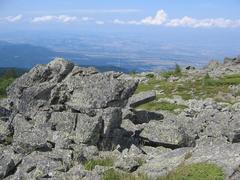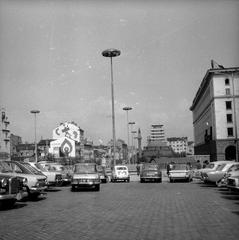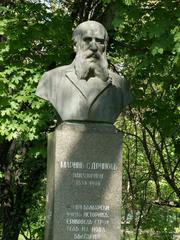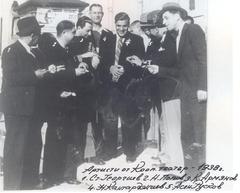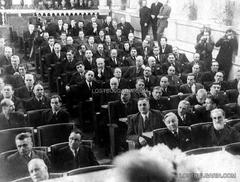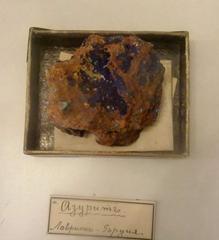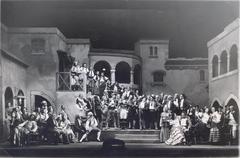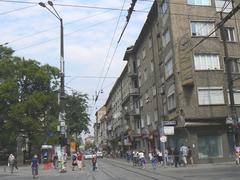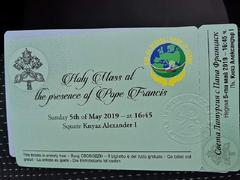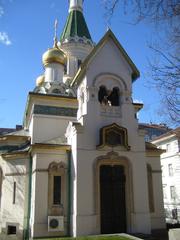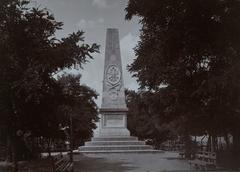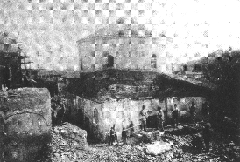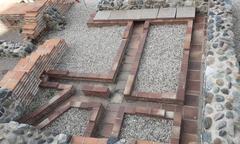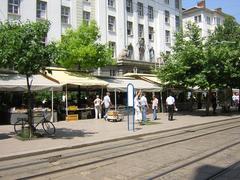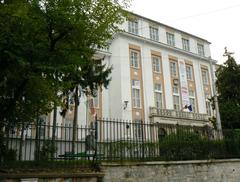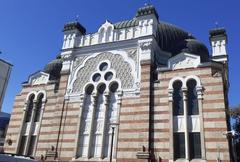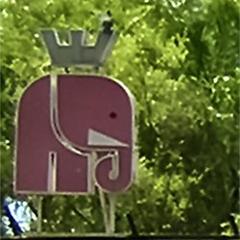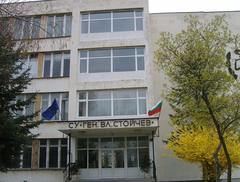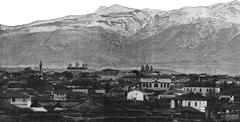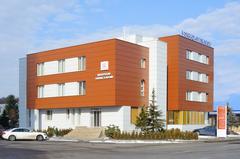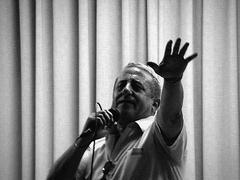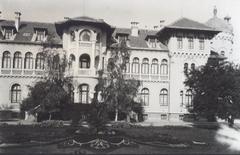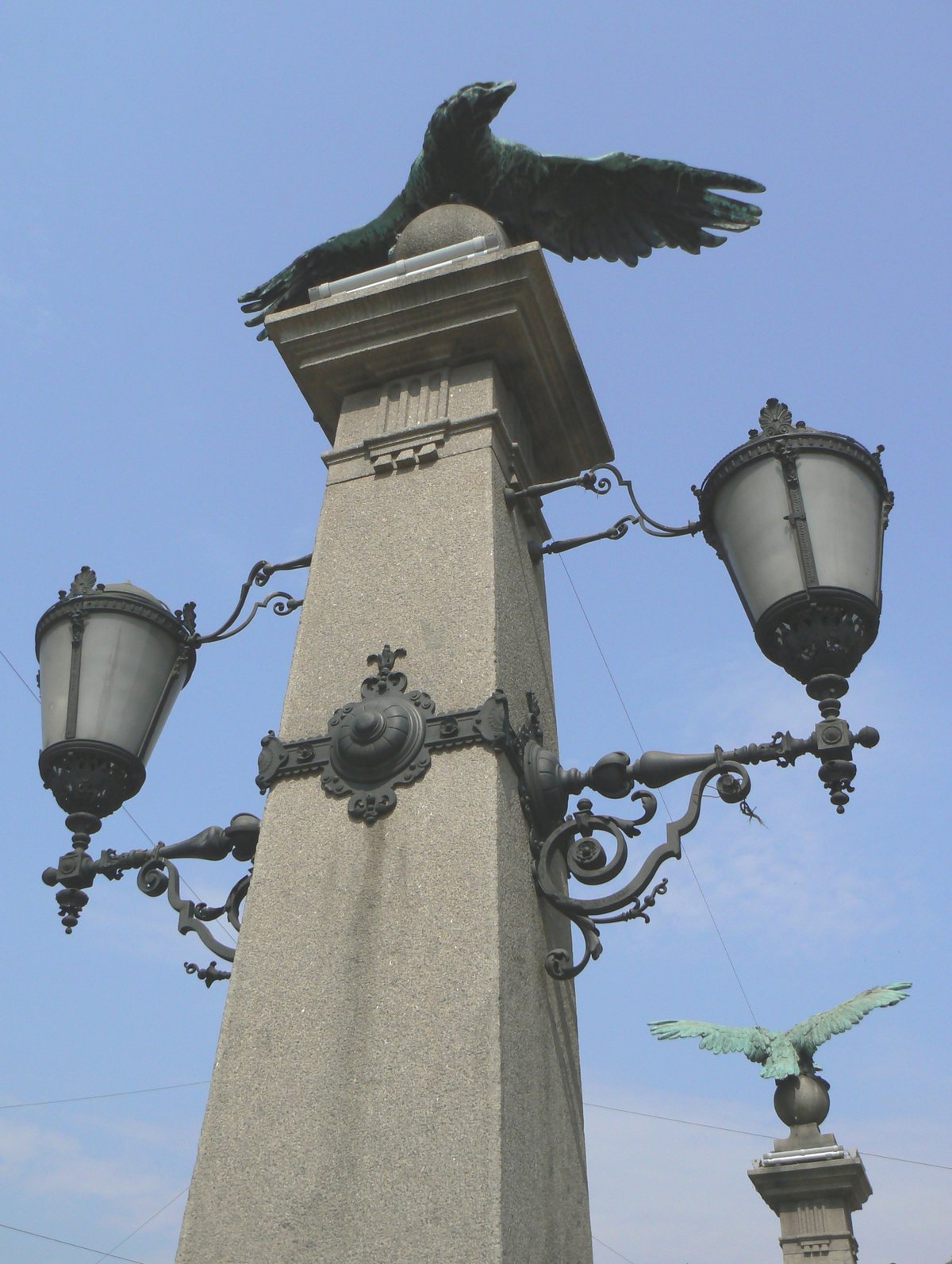
Visiting Eagles’ Bridge: Hours, Tickets, and Tips
Date: 16/08/2024
Introduction
Eagles’ Bridge, locally known as Orlov Most, is an iconic landmark in Sofia, Bulgaria, rich in history and cultural significance. Constructed in 1891 by Czech architect Václav Prošek and his family, the bridge spans the Perlovska River and serves as a central junction in Sofia’s road network. Named after the four bronze eagle statues that adorn its pillars, Eagles’ Bridge symbolizes protection and freedom, commemorating Bulgaria’s liberation from Ottoman rule in 1878. This comprehensive guide will delve into the historical background, architectural significance, and practical visitor information, making it an essential resource for anyone planning to explore this remarkable site (Wikipedia, Wikiwand).
Table of Contents
- Introduction
- History of Eagles’ Bridge
- Architectural Significance
- Cultural Importance
- Visitor Tips
- Nearby Attractions
- Practical Information
- Local Insights
- Environmental Impact
- Future Developments
- FAQ
- Conclusion
- Sources
History of Eagles’ Bridge
Construction and Design
Eagles’ Bridge was constructed in 1891 by Czech architect Václav Prošek, his brother Jozef, and their cousins Bohdan and Jiří (Wikipedia). This talented team also designed the Lions’ Bridge, built in 1889 at the northern entry point to central Sofia (Wikiwand). The construction of Eagles’ Bridge cost 80,000 golden leva, a substantial amount at the time (Wikipedia).
Symbolism and Naming
The bridge’s name derives from the four bronze eagle statues perched on its pillars, symbolizing protection and freedom. These eagles have become iconic symbols of Sofia, representing the city’s resilience and independence.
Architectural Significance
The bridge spans the Perlovska River and serves as a crucial junction connecting several major boulevards, including Tsarigradsko Shose and Evlogi Georgiev Boulevard. The design of Eagles’ Bridge is a blend of functional engineering and artistic expression. The bronze eagles, crafted by Czech sculptor Antonín Novák, are not just decorative but also serve as historical markers, commemorating the liberation of Bulgaria from Ottoman rule in 1878.
Cultural Importance
Eagles’ Bridge is more than just a transportation hub; it is a cultural and historical landmark. It has been the site of numerous political rallies, protests, and public gatherings, making it a focal point for civic engagement in Sofia. The bridge’s location near key cultural institutions, such as the National Library and Sofia University, further enhances its significance as a cultural nexus.
Visitor Tips
Visiting Hours and Tickets
Eagles’ Bridge is open to visitors 24/7, and there is no entrance fee to explore this historic landmark. However, if you plan to visit nearby attractions like the National Library or Sofia University, check their respective visiting hours and any applicable ticket prices.
Best Time to Visit
The best time to visit Eagles’ Bridge is during the spring and autumn months when the weather is mild and the surrounding parks are in full bloom. Early mornings and late afternoons offer the best lighting for photography, capturing the eagles in their full glory against the backdrop of Sofia’s skyline.
Getting There
Eagles’ Bridge is easily accessible by public transportation. The nearest metro station is “Sofia University St. Kliment Ohridski,” located just a short walk from the bridge. Several bus and tram lines also pass through the area, making it convenient for visitors to reach the site from various parts of the city.
Nearby Attractions
- Borisova Gradina: Just a stone’s throw from Eagles’ Bridge, this is Sofia’s oldest and most beautiful park. It offers a serene environment for a leisurely stroll or a picnic.
- Sofia University: Founded in 1888, it is the oldest higher education institution in Bulgaria. The university’s main building is an architectural marvel worth exploring.
- National Library: Located nearby, the library houses an extensive collection of Bulgarian literature and historical documents.
Practical Information
Safety and Accessibility
Eagles’ Bridge is a well-maintained and safe area, frequented by both locals and tourists. The bridge and its surroundings are wheelchair accessible, with ramps and smooth pathways ensuring ease of movement for all visitors.
Photography Tips
For photography enthusiasts, Eagles’ Bridge offers numerous opportunities. The best angles can be captured from the pedestrian walkways on either side of the bridge. Early morning and late afternoon light provide the most dramatic shadows and highlights, enhancing the bronze eagles’ intricate details.
Local Insights
Events and Activities
Eagles’ Bridge often serves as a venue for various cultural and social events. From open-air concerts to political rallies, the bridge is a dynamic space reflecting Sofia’s vibrant community life. Checking local event calendars can provide information on upcoming activities during your visit.
Dining and Refreshments
Several cafes and restaurants are located near Eagles’ Bridge, offering a range of dining options. Whether you’re looking for a quick coffee or a full meal, the area caters to diverse culinary tastes. Popular spots include:
- Park Bar: A cozy place offering a variety of drinks and light snacks, perfect for a quick break.
- Sasa Asian Pub: Located nearby, this restaurant offers a fusion of Asian cuisines in a modern setting.
Environmental Impact
Eagles’ Bridge is not just a historical and cultural landmark but also plays a role in Sofia’s urban ecosystem. The surrounding green spaces, including Borisova Gradina, contribute to the city’s environmental health by providing green lungs that help mitigate pollution and offer habitats for local wildlife.
Future Developments
The Sofia municipality has plans to further enhance the area around Eagles’ Bridge. Upcoming projects include improved pedestrian pathways, additional green spaces, and enhanced lighting to make the bridge even more accessible and visually appealing, especially during nighttime.
FAQ
Q: What are the visiting hours for Eagles’ Bridge?
A: Eagles’ Bridge is open to visitors 24/7.
Q: Is there an entrance fee for Eagles’ Bridge?
A: No, there is no entrance fee to explore Eagles’ Bridge.
Q: How can I reach Eagles’ Bridge by public transportation?
A: The nearest metro station is “Sofia University St. Kliment Ohridski.” Several bus and tram lines also pass through the area.
Conclusion
Eagles’ Bridge stands as a testament to Sofia’s rich history, cultural vibrancy, and architectural beauty. Its strategic location, historical significance, and cultural importance make it a must-visit landmark for anyone exploring the Bulgarian capital. Whether you’re a history buff, a photography enthusiast, or simply looking to experience Sofia’s dynamic urban life, Eagles’ Bridge offers something for everyone.
